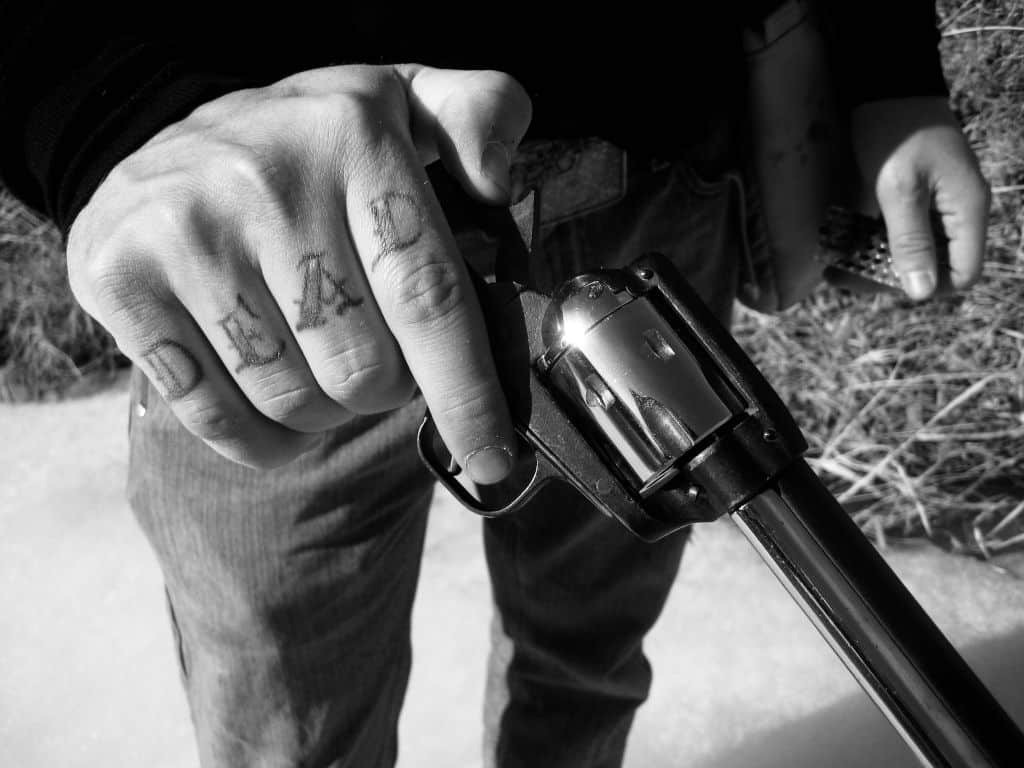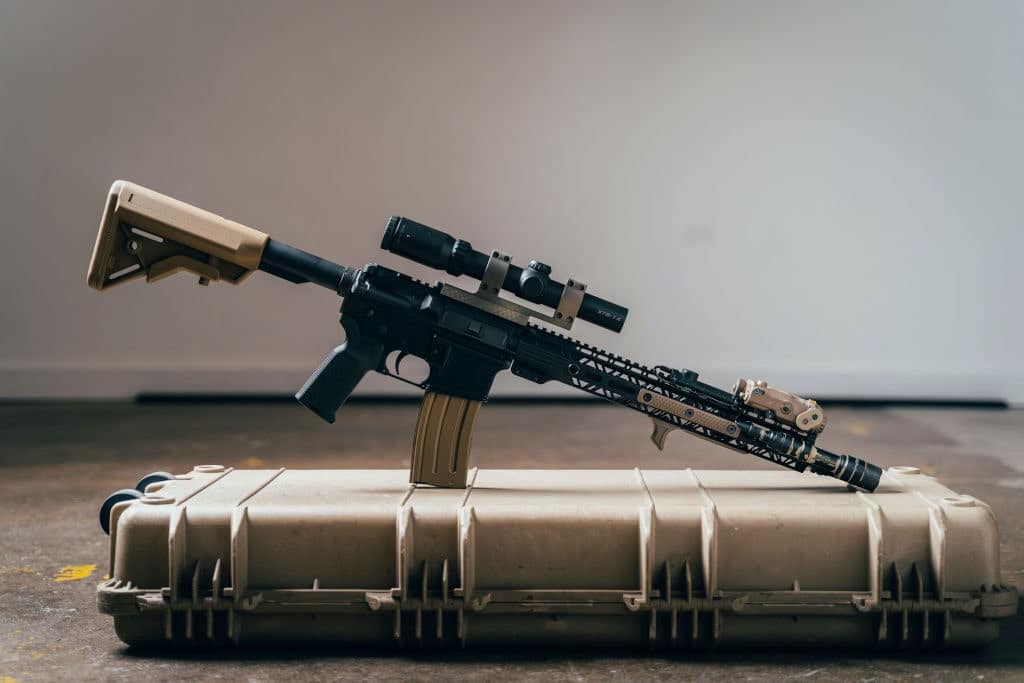As spine-chilling as this may sound, the US violent crimes unit gets many crime reports every year. There have been reports of loss of lives, limbs, property, mental stability, loved ones, and many more grim realities to these incidents. The National justice system cannot but incorporate forensics science into investigating violent crimes to assuage this situation.
As submitted by the United States Department of Justice, forensic science is a critical element of the criminal justice system. It was explained that “forensic scientists examine and analyze evidence from crime scenes and elsewhere to develop objective findings that can assist in the investigation and prosecution of perpetrators of crime or absolve an innocent person from suspicion.”
When a violent crime is reported, officers immediately report to the scene of the incident to secure the scene from people who may want to destroy the evidence and also gather as much evidence as possible.
After this, the forensic unit takes care of every aspect of the investigation that would require the intervention of the forensics team.

Since violent crimes need proof beyond a reasonable doubt in court, forensic animation can be used as demonstrative evidence to get the jury to the point of understanding and clarity.
Below, you can see the key areas of forensic science in investigating violent crimes;
- Forensic ballistics
This division of forensic science is charged with the responsibility of analyzing any firearm-related evidence, such as the identification of guns, gunpowder residue, bullets, bullet marks, and shell casings.
After completing the analysis, the experts would be able to discover the velocity, distance, the exact firearm used, the angle of firing, and ultimately the shooter.
- Trace evidence analysis
Regardless of how short the physical contact an individual maintains with another person, there will be a transfer of minute evidence. In violent crimes, trace evidence can be recovered from the victim’s fingernails, skin, clothes, and environment.
Such trace elements include fabric fibers, soil, and hair. After this analysis has been conducted, the identities of the perpetrators can be uncovered.
- Forensic toxicology
The toxicology unit is often called upon in cases of sexual violence incidents where the victim was drugged before the crime was committed. When such a situation arises, the toxicologists perform an analysis of the bloodstream for drugs, chemicals, or poisons. The team can also be called upon on issues of road incidents and poisoning.
- Forensic psychology
Forensic science also deals with the behavioral aspects of crimes committed. They look into their data to check for patterns and traits found in offenders.
How do they detect a criminal’s behavior just by studying the crime scene?
Forensic psychologists study how the crime was perpetrated and denote the possible reasoning behind every action. After this has been considered, the data can be analyzed through a process called criminal profiling.

- Forensic DNA analysis.
DNA analysis is one of the most fundamental aspects of violent crime investigation. DNA profiling can be conducted if the investigators retrieve the semen, hair, skin, blood, saliva, and body remains in burn cases.
With DNA analysis, forensic experts would be able to compare the results of the tests with other people’s DNA and fish out the perpetrator.
- Forensic pathology
This aspect of forensics aims to draw crucial inferences from the crime scene and the victim to specify whether the death was natural, accidental, or criminal. To determine this, forensic pathologists collect and analyze medical samples, for instance, by examining a wound to identify the weapon that was used.
- Forensic anthropology
Violent crimes are referred to as “brutal” for a reason. Due to some incidents, bodies are sometimes left unrecognizable due to burning, mutilation, or natural degradation. In this kind of case, forensic anthropologists are the ones that will determine the identity of the victim. With the analysis of the body or skeletons, they can determine a person’s age, sex, physique, race, and manner of death.
Forensic Animation in Violent Crimes Cases
It must be noted that the aim of forensic animation in violent crime cases is not to mortify the jury.
It is simply to give a reconstruction or a pictorial view of the facts of the case.
Certainly, the complexities that perverse the processes followed by forensics experts are alien to the layman and would require assistance to comprehend.
Instead of laying out complexities and technicalities, why not create a simple format that accurately depicts the facts and also commands attention?
With forensic animation, all that is assured.
It should, however, be noted that it takes a phenomenal animation company to accurately prepare a comprehensive and accurate forensic animation.





